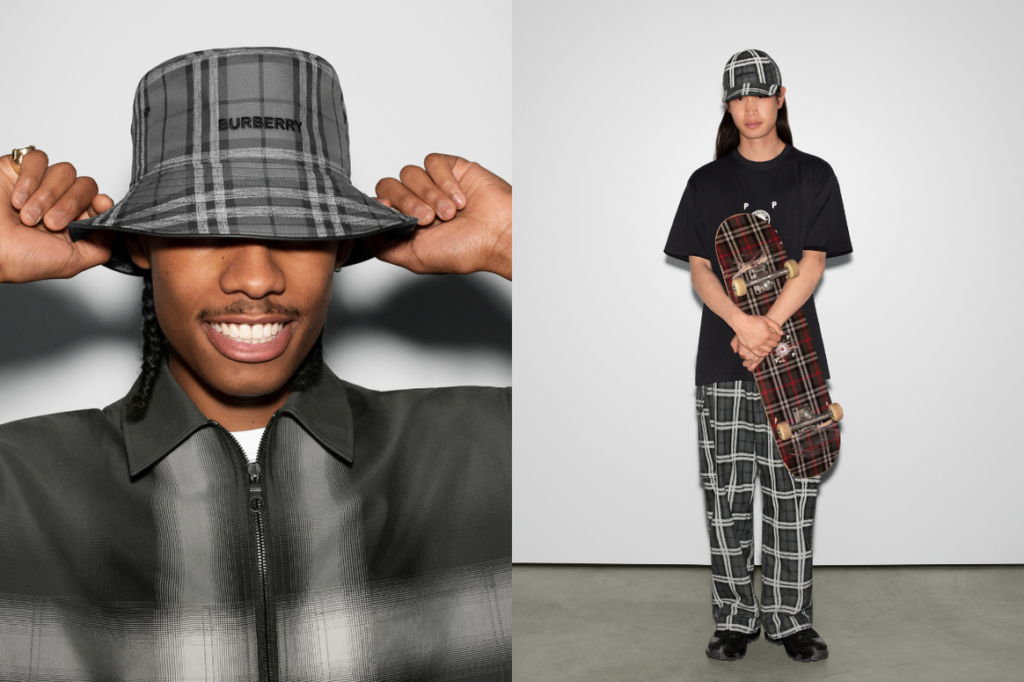‘Legacy’ is a powerful word. Many brands seek it out, few manage to build one, and even fewer are able to sustain it throughout time. Some professionals in the marketing field love to throw this term around and promise their clients they secure passage to the promised land of legacy brands. But the truth is a little more complex than that. Still, complex doesn’t mean impossible.
Building a legacy has meaning because your brand then means something to society. It is remembered, it has its own little nook of belonging in the collective memory.
Now no one might be able to secure passage for your brand to the land of legacy. You can however allow yourself to be guided in that journey, to maximize your chances of actually making it.
How? Here are a few tips.
Understand your audience and their needs
First of all establish: Who is your audience? Who do you wish to continue having as an audience in the future? Step into your audience’s shoes. You may have a loyal customer base now but will your products be just as engaging in a decade? In two? In order to be able to build a legacy, you need to walk the delicate line between being current and relevant to the present day and embodying a certain timelessness. Some might say that in order to achieve this you need to lean towards more basic, neutral products or aesthetics in order to be able to adapt to every era, and while this might indeed be a way to remain at the forefront of a customer’s mind time and time, it’s not necessarily the only way.
New Rock boots are by no means basic or simple. They’ve been iconic for decades. Key pop-culture figures such as Michael Jackson and Winona Ryder wore them in the 90s, and now, 30 years later, some of the most pertinent artists in society, such as Rosalía, continue to wear them. Different time, different context, same product. New rock has built an indisputable legacy. They reign over their niche, and they do it splendidly.

Anticipate your target audience’s needs not only vertically speaking, meaning in the future, but also horizontally. Are there any gaps in their needs that you could cover? Look beyond your current core business and understand which gaps could arise in that line that you could cover.
Stay true to your roots
Audiences are savvier now than they were before, we are in the age of information and companies can’t keep up façades like they’re used to. Consumers increasingly notice when a move is completely commercial and fake, and today’s audience wants to support real, authentic, ventures. So while you need to keep up with trends and the direction of the industry, make sure that whichever shift you may commit to makes sense to you as a brand, and that it fits with either your current identity or the identity you are evolving towards. Do not, for example, sell a bunch of rainbow merch during the month of June if you don’t plan on supporting the LGBTQIA+ going forward. Your audience might see through this and decide not to support you precisely because of it, thus causing a marketing strategy to backfire.
A great example of this is Levis, the iconic, timeless jeans brand. They’ve already built a legacy by making the best jeans they could possibly make. As times evolve, so do customer preferences and social priorities. With climate change on the horizon as a huge threat to our future, Levis has shifted towards sustainable production and slowly but surely is transforming all its production processes by increasingly integrating the use of responsibly sourced cotton and renewable energies. Levis has stayed true to its roots by still making the best jeans possible while upholding its legacy and transitioning to environmentally friendly practices not just for popularity today, but for a thriving future tomorrow.
Nike acquiring RTFKT was a brilliant move and probably the best possible way in which the sports giant could secure a successful entrance into the Metaverse and the world of NFTs.

Slowly but surely
Legacies aren’t built overnight. While things such as becoming viral nowadays can help you achieve great visibility very fast, legacies are built slowly but surely. You put in the work in a focused, determined manner. Consistently. It takes strategy and time. It’s a long-term plan.
Accordingly, the same goes for any strategy or shift seeking to adapt to the tide of changing times. Hugo Boss’ – practically overnight – transformation had people confused more than anything else for example.
In case you missed it, we are referring to Hugo Boss’ campaign earlier this year, a stark rebranding move that included TikTok influencers alongside other young culturally popular figures. It just became a little self-evident that the brand was trying to make up for coming into the new game late. Only instead of appearing relevant, their late adaptation effort became ever more apparent.
Collaborate with the newcomers
The only way up is together. The industry has oftentimes fed this false narrative that competition means that in order to lift yourself up, you need to push others down, but that merely leads to a mediocre market. Pulling each other up, however, will allow the market to flourish and reach heights never before seen.
If you collaborate with smaller brands and newcomers not only do you give visibility and space to new, exciting ventures that are going to bring the overall quality of the market up, but you are also self-actualizing your own space within said market. It’s a win-win situation. Moreover, it tackles the aforementioned problematic of transforming and rebranding overnight. By entering a collaboration with a younger brand, you slowly introduce yourself to a younger audience with someone they respect already vouching for you.
Burberry for example is currently collaborating with Amsterdam-based skate brand Pop Trading Company. Burberry has notoriously been an exclusive luxury brand for decades, while Pop Trading Company is known for the dedication it has to its community. Two apparently divergent audiences. And yet with the high-fashionization of streetwear reaching full force in recent years, it comes as no surprise that Burberry would enter an agreement with such a street-respected label.

Nike, Puma and Adidas are great at this, always looking for emerging brands to collaborate with. Thus finding ways to stay connected to younger generations, and being able to remain at the epicentre of new cool trends.
Puma saw the Korean culture boom coming and began collaborating in 2019 with South Korean unisex brand Ader Error as means of winning over a very important market.
Simply doing collaborations is a sign that you’re building a legacy
The trick is, that this technique in itself builds a legacy. Simply because the fact that you’re a brand that emerging brands (want to) collaborate with is a sign that you’re building a legacy. You become the brand they aspire to collaborate with. Once they’ve collaborated with you, ‘they’ve made it. And that’s how you know you’ve succeeded in building a legacy.
In fact, this is the point where rather than building a legacy, you become a legacy brand.
Going from building a legacy to becoming a legacy brand
Ultimately, that’s the goal. Not only to be remembered, to be known, to be relevant, prestigious and trustworthy, but to actually be perceived as irreplaceable and inimitable. For your brand’s name to echo through demographics, trends, and time. Almost as if you become part of contemporary folklore.
To go down in the history books. To make an impact. To actually matter.













